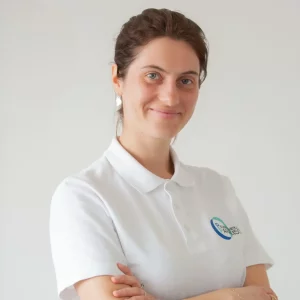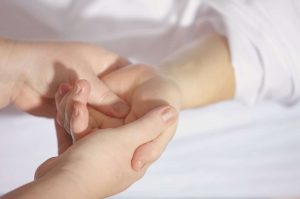The floor goes to Alice, Occupational Therapist at Polispecialistico Paradiso specializing in hand therapy.
What Do We Mean by Fracture?
The term “fracture” refers to the interruption of the continuity of a bone, generally following trauma. Fractures may result from a fall, twisting, excessive bending, compression, or excessive traction. Fractures can be classified into three categories:
- Simple (non-displaced): the bone parts separate but maintain their anatomical position.
- Displaced: the bone segments separate and lose their alignment, moving out of their natural position.
- Open (compound): one or more bone fragments protrude through the skin, causing laceration.
Based on the number of breaks in the bone, a fracture can also be defined as:
- Unifocal, when there is a single break.
- Bifocal, when there are two breaks.
- Comminuted, when there are multiple breaks.
A fracture usually causes intense pain, swelling in the affected area, possible deformity of the body segment, and the inability to move it.
How Should a Fracture Be Treated?
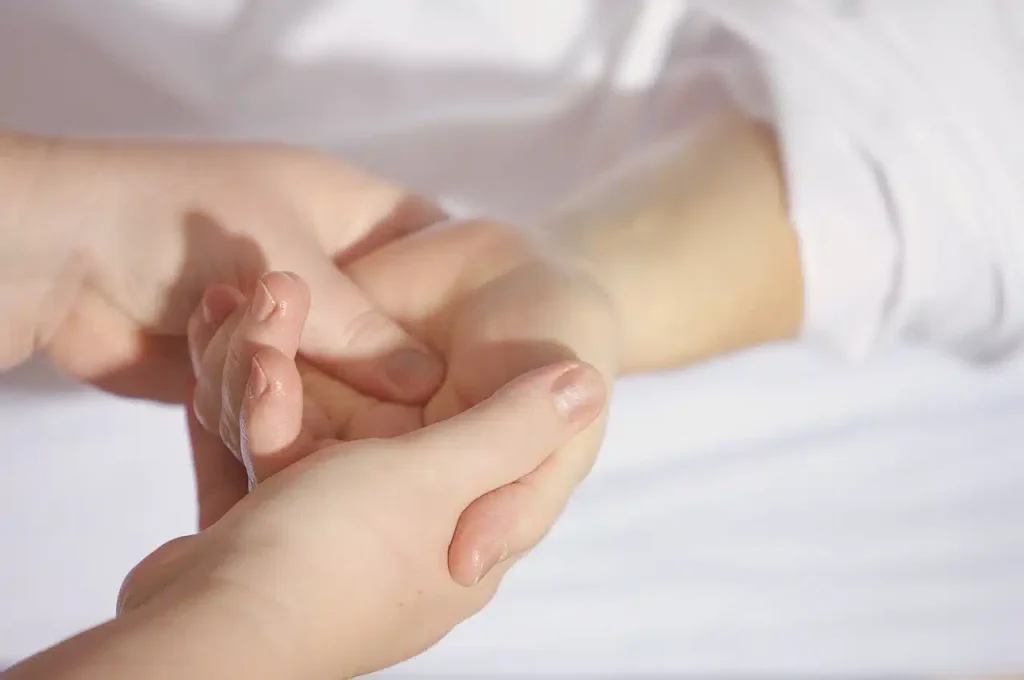
There are two main methods for treating fractures: conservative and surgical.
The conservative method is used for fractures classified as simple (non-displaced) or for displaced fractures that can be reduced. This method consists of completely immobilizing the body segment associated with the fracture. The aim is to prevent displacement and to support proper bone healing by protecting the area from harmful movements or possible impacts. To achieve this, casts, orthoses, or rigid splints are commonly used.
Surgical treatment is used in cases where the fracture is open (compound), when a displaced fracture involves multiple bone fragments and significant misalignment, or when conservative treatment has not resulted in proper and complete healing.
The healing process of a fracture usually takes about 30–60 days.
Why Occupational Therapy?
Doctors may prescribe one or more cycles of occupational therapy to improve occupational performance, promoting autonomy in personal, domestic, and professional activities—key elements for a better quality of life. The goals of the occupational therapist are to: prevent joint deformities and functional deficits; reintegrate recovered joint function into daily activities; achieve greater independence in movement; facilitate the resumption of basic and instrumental daily living activities; and ensure the best reintegration into social and work environments.
What Does Occupational Therapy Treatment Involve?
Treatment for fractures involving the hand/wrist generally includes:
- Wound care for skin lesions caused by trauma, and scar management in cases of surgically treated fractures. The goal is to prevent scar tissue from binding the skin to underlying structures, which could cause stiffness and limit mobility.
- Custom orthoses designed to immobilize and protect injured segments. These may replace a traditional cast or be provided after the removal of another fixed immobilization method.
- Motor-functional activities and mobilizations aimed at improving coordination, strength, joint range of motion, and both fine and gross motor skills of the limb. These are essential for performing daily activities while learning principles of joint protection. The occupational therapist is also trained in the design and customization of assistive devices, which may require specific training for correct use.
- Use of therapeutic tools for pain management, such as ultrasound, Tecar therapy, and paraffin baths.
What Is an Orthosis?
An orthosis is a structure, functionally similar to a light cast, that allows the immobilization of specific body segments. It is made using sheets of thermoplastic material of different thicknesses and breathable properties, depending on the need. This material becomes malleable and moldable when immersed in hot water for a few seconds. Its properties make it possible to create solid but customized orthoses suited to the needs of each individual. They can also be readjusted as the rehabilitation process evolves. The brace made with this material is equipped with Velcro straps, which make it easy and comfortable to wear, while also allowing (if necessary) the application of functional forces to maintain the correct position of the affected body segments.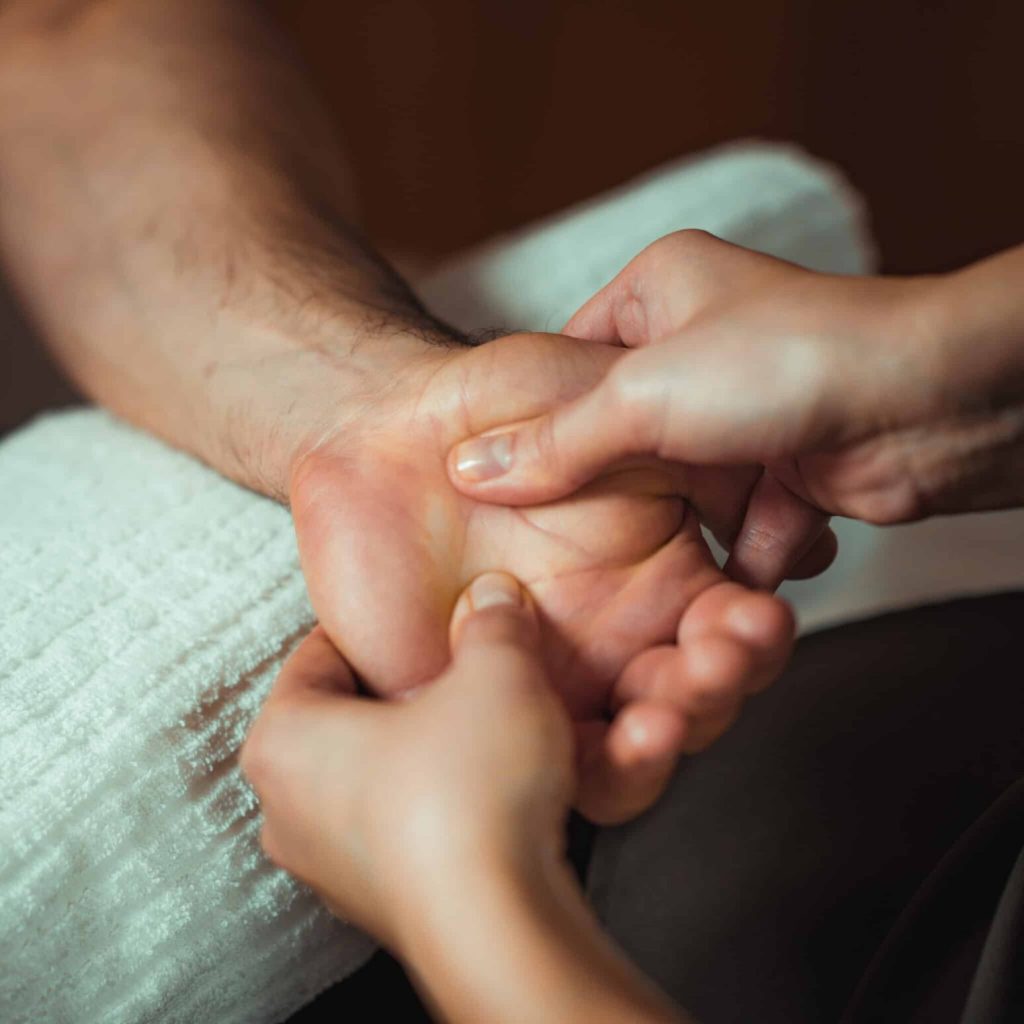
Why Use an Orthosis?
Unlike a traditional cast, an orthosis is specifically designed to be lighter, more breathable, and easy to remove and wear. Being removable allows the therapist to perform dressings, mobilizations, and other treatments without giving up daily immobilization and protection of the affected segment. It also enables the person to remove it, when appropriate, to manage skin hygiene with greater ease and effectiveness.
In cases of fractures treated conservatively, the orthosis is generally worn throughout the day and night, with exceptions only for dressing changes, hygiene, and specific treatments. Nighttime use is just as important as daytime use, as it protects against accidental impacts and helps maintain proper positioning during sleep.
The start of rehabilitation does not always coincide with complete bone healing; in fact, occupational therapy can—and in some cases should—begin immediately. Every rehabilitation plan is personalized, in agreement with the physician, according to the clinical situation, following guidelines and scientific evidence to achieve the best possible outcome.
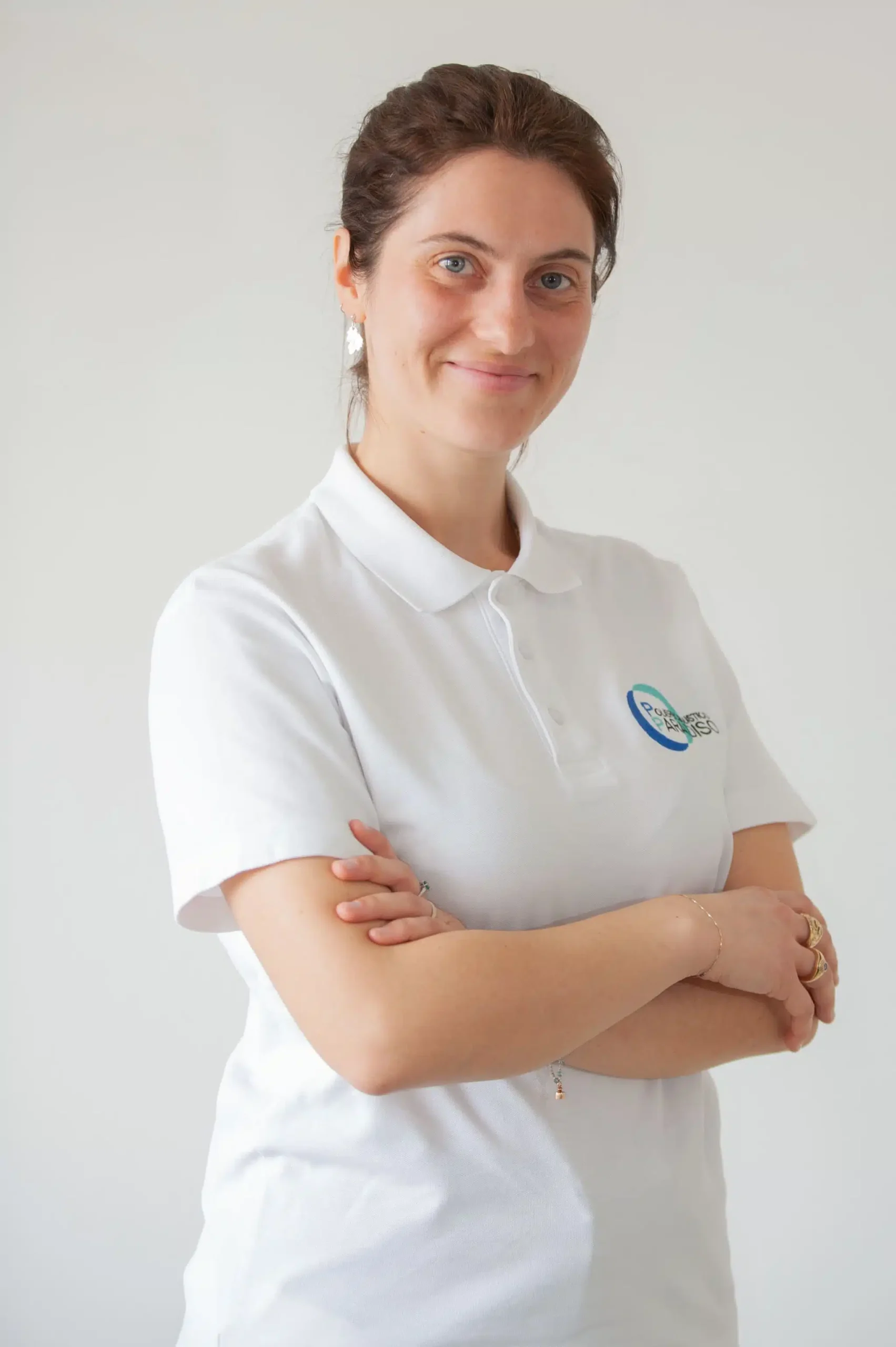
Graduated in Occupational Therapy in 2016 from the University of Milan. Specialized in hand rehabilitation and in creating custom-made orthoses. In her sessions, she places the person at the center, aiming for a holistic understanding and personalizing goals and methods of intervention according to each individual’s needs.
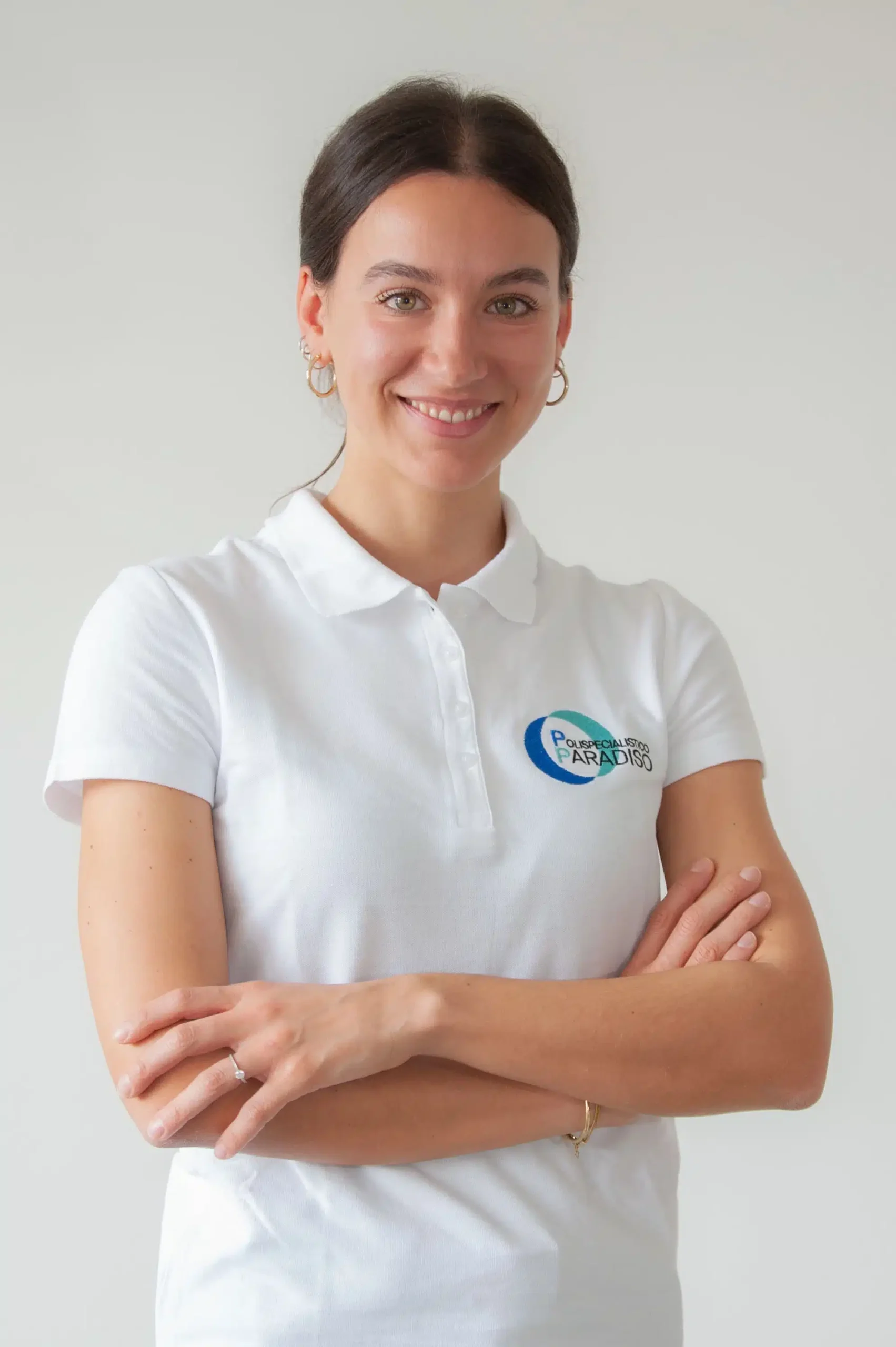
Graduated with honors in Occupational Therapy in November 2018 from the University of Milan. Specialized in pediatric and geriatric care. She loves the work of an occupational therapist because it allows her to work closely with people, getting to know their stories, roles, habits, routines, and interests.
Ergo-check: the occupational therapy service for companies
All the benefits:
TIME SAVING
- Sessions at your workplace
- On-site orthosis creation
- On-site dry needling
- Available early in the morning and during breaks
TIME SAVING
- Sessions at your company site
- On-site orthosis fabrication
- On-site dry needling
- Available early in the morning and during breaks
COST SAVINGS
- Discounted rates for extra services
- Annual Ergo-check, personalized advice, and posture guide FREE
GREATER PERFORMANCE
- Patient taken in charge within 24h
- Efficient programs thanks to optimized timing and methods
- More well-being = better performance
We firmly believe that our ergonomic assessment can be extremely valuable for the health of the human resources of every company in the Lugano and Mendrisio areas, and for the well-being of the community.

